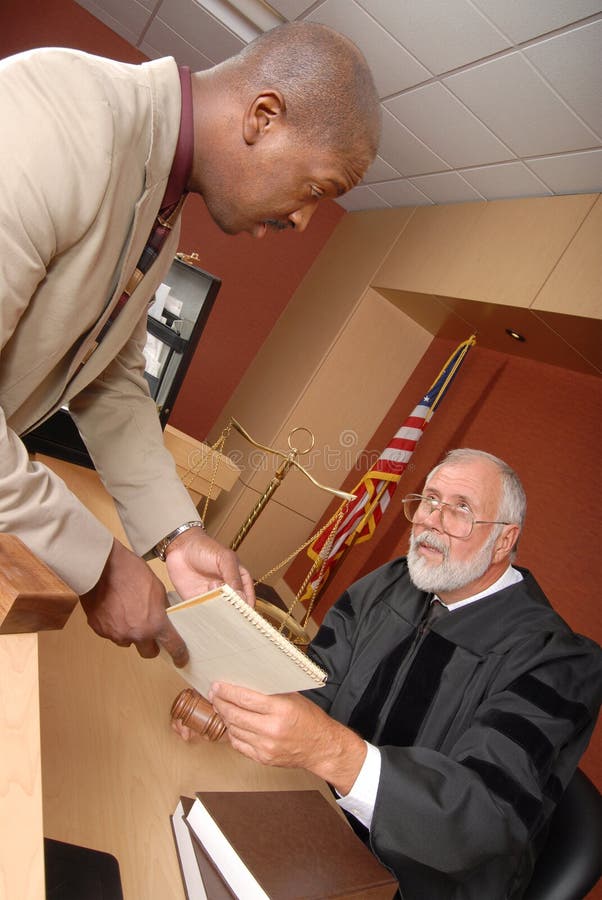Understanding the Art of Trial Presentations: Secret Methods for Reliable Lawful Arguments
Understanding the Art of Trial Presentations: Secret Methods for Reliable Lawful Arguments
Blog Article
Exactly How to Produce Engaging Test Discussions That Win Over Juries and Juries
Crafting engaging test presentations that mesmerize juries and courts is a nuanced art that needs a critical method. By using ingenious visual devices, integrating interactive aspects, and dedicating time to extensive technique and practice session, legal specialists can significantly improve the impact of their courtroom presentations.
Comprehending Your Target Market
To properly engage your audience during trial presentations, it is important to understand their preferences, assumptions, and degree of knowledge in the topic. By tailoring your presentation to meet the certain requirements of the audience, you can enhance their understanding and retention of the details presented.
Begin by investigating the demographics of the audience, such as age, education degree, and occupation. This info can aid you assess their knowledge with lawful treatments and readjust your presentation style as necessary. A jury might require simpler language and more aesthetic help compared to a team of lawful specialists.
Furthermore, consider the psychological and psychological aspects of your audience. Are they considerate in the direction of specific debates or even more likely in the direction of realities and evidence? Understanding these subtleties can help you mount your discussion in a manner that reverberates with the audience on a deeper level.
Storytelling Techniques
Recognizing your target market's expectations and choices can substantially influence the efficiency of your trial presentations, particularly when carrying out narration strategies to persuade and captivate. Storytelling is a powerful tool that can help attorneys get in touch with courts and courts on an extra psychological degree, making complicated legal arguments more memorable and relatable.

Incorporating vivid details, individual narratives, and ornate tools can additionally enhance the storytelling experience, keeping the audience involved and invested in the outcome of the situation. By crafting an influential story that resonates with the values and emotions of the court and judges, lawyers can enhance the opportunities of winning their disagreements and accomplishing desirable decisions.
Visual Presentation Devices
Using visual discussion devices can greatly improve the impact and performance of test presentations by offering a visually appealing means to communicate complicated details to juries and judges. Visual aids such as graphes, computer animations, representations, and graphs can help simplify elaborate information, making them more available and easy to understand to the audience. By incorporating visual components into test why not check here discussions, attorneys can create a compelling narrative that reverberates with jurors and leaves a long-term impression.

Integrating Interactive Components
Including interactive elements right into trial presentations can boost audience involvement and understanding, cultivating an extra interactive and immersive courtroom experience. By integrating aspects such as interactive timelines, 3D animations, clickable exhibitions, and digital reality reconstructions, lawful experts can mesmerize courts and jurors, making complicated details a lot more unforgettable and easily accessible.
Interactive timelines enable a dynamic display of chronological events, helping the audience realize the sequence of essential occurrences in an instance. 3D animations can bring criminal offense scenes or crash repairs to life, providing an in-depth graph that helps in clarifying complex information. Clickable exhibitions make it possible for individuals to interact with proof, records, or photos, enabling a hands-on exploration of critical details.
Moreover, online fact repairs can move the audience right into the heart of the action, offering a compelling viewpoint that standard discussions may lack. These interactive components not only engage the audiences yet also equip them a knockout post to actively take part in the trial proceedings, resulting in a more persuasive and impactful courtroom discussion.
Practice and Rehearsal
To successfully leverage the potential of interactive elements in trial discussions, complete method and rehearsal are necessary to guarantee smooth assimilation and delivery in the courtroom setting. Technique and practice session assistance trial speakers come to be familiar with the web content, timing, and circulation of their presentations, allowing them to confidently navigate through various components such as video clips, computer animations, or interactive graphics. By rehearsing their delivery, speakers can improve their speaking abilities, body movement, and total presentation style to improve persuasion and reliability prior to the court and judge.
Throughout practice, speakers can recognize any kind of technical issues that may occur with interactive elements, ensuring that every little thing runs smoothly during the real trial. Additionally, rehearsing in front of a mock audience or coworkers can supply beneficial comments on the efficiency of the interactive elements and the general presentation. This responses enables presenters to make essential modifications and improvements before entering the court room, ultimately raising the influence and success of their test presentations.
Verdict
To conclude, creating appealing trial discussions that mesmerize courts and courts calls for a deep understanding of the target market, efficient storytelling methods, visual devices, interactive components, and comprehensive practice (Trial Presentations). By applying these methods, lawyers can properly communicate their disagreements and proof in an engaging manner that reverberates with the decision-makers in the court
Making use of aesthetic presentation tools can significantly boost the influence and efficiency of trial presentations by providing a visually interesting means to share complex info to juries and judges. By including visual components into trial navigate to this site presentations, attorneys can create an engaging story that reverberates with jurors and leaves a long-term perception.
One popular aesthetic discussion device is the use of multimedia presentations, which enable for the integration of video clips, photos, and audio recordings to supplement spoken debates. Trial Presentations.To efficiently utilize the possibility of interactive aspects in trial presentations, detailed method and rehearsal are essential to ensure seamless assimilation and shipment in the court room setting. Method and practice session assistance trial presenters come to be familiar with the web content, timing, and circulation of their discussions, allowing them to confidently browse via different elements such as videos, computer animations, or interactive graphics
Report this page